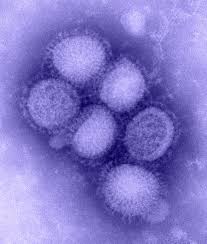H1N1 Influenza Virus: Current Trends and Implications

Introduction to H1N1
The H1N1 virus, also known as swine flu, emerged in 2009 and became a global concern due to its high transmissibility. It is essential to stay updated on the current trends related to H1N1 and its implications for public health. As health systems around the world prepare for seasonal flu outbreaks, H1N1 remains a key focus of vaccination and treatment efforts.
Current Situation and Statistics
According to the World Health Organization (WHO), the H1N1 virus continues to circulate in the human population. During the recent flu season in India, reports indicated a resurgence of respiratory illnesses with H1N1 accounting for a substantial percentage of cases. Health authorities in India have noted an increase in H1N1 cases compared to the previous year, sparking awareness campaigns regarding vaccination and hygiene practices.
Health Advisory and Preventive Measures
The Ministry of Health and Family Welfare (MoHFW) has issued guidelines to control the spread of H1N1. These include regular hand washing, wearing masks in crowded places, and maintaining social distancing. Vaccination is emphasized as the most effective way to prevent flu-related complications. During the current flu season, the government has ramped up its vaccination program to ensure that vulnerable populations, including the elderly and those with preexisting health conditions, receive the H1N1 vaccine.
Conclusions and Future Outlook
As H1N1 remains a persistent threat, ongoing surveillance and vaccination programs are crucial for reducing its impact on public health. The recent increase in H1N1 cases highlights the need for continued education about flu prevention. Looking ahead, health experts predict that with greater public awareness and vaccination uptake, the threat posed by H1N1 can be effectively managed. Readers are encouraged to stay informed about health advisories and to take personal precautions to safeguard their health.








